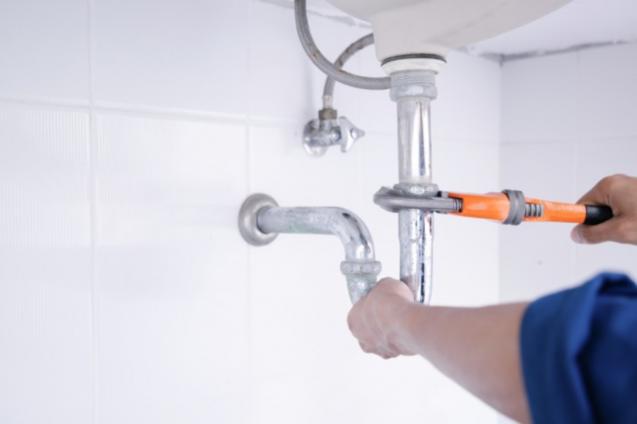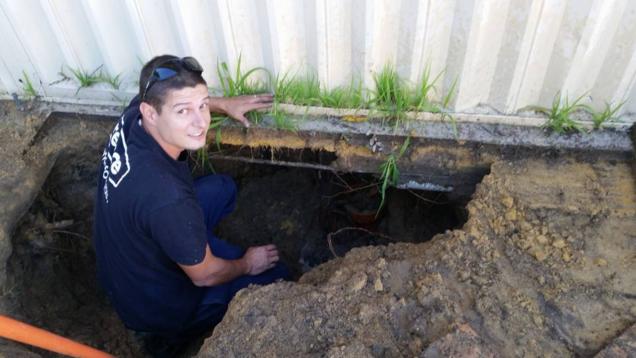
9 Steps To A Successful Plumbing Business
So, if you’ve got the skills and the drive, here’s our 9-step guide to setting up and running a successful plumbing business.
1. Select your service niche: There’s a wide variety of plumbing specialities, some of which are more competitive than others. Carry out a local research to determine any gaps in the market or those that are less common. Drain cleaning and pipe repair services might be well-covered, meaning that you’ll be up against seasoned providers. Far better to select an area that doesn’t have companies falling over themselves to service a finite amount of customers. That way you can specialise and provide the best of service without having to cut prices down to the very last cent.
2. Create a business plan: Once you’ve carried out the above, it’s time to create a business plan. This should cover all your financial resources, projected income, marketing costs, annual growth, employees (either at the start or in the future), equipment procurement etc. It should cover the short, medium and long term, detailing realistic goals, continual professional development, expansion into other niche areas, etc.
3. Organize the legalities and practicalities first: If you’ve never run your own small business before then it pays to take advice. Ensure your credentials are adequate. This includes trade-specific licences, company insurance, third party liability, bank account, company name, trading address, accounting solutions, procurement of all administration resources… The list is long, hence the need to understand exactly what’s needed to run your own successful plumbing company.
4. Develop a logo: It might seem a small thing, but your logo is what customers (and potential customers) will remember. Simple, smart, unique and carefully designed is key. It’s worth getting detailed feedback and/or a professional overview before you settle on the finished version. This is what will adorn your business paperwork, business cards, company vehicles and more, so it’s important to spend time getting it right.
5. Develop a great website: Don’t underestimate the importance of a good online presence, even if you intend to start small. Most business searches are carried out via the internet. If you’re not there, you’re invisible. A good website needs many things, but by far the most important is that it’s user-friendly and clearly displays all the information potential customers need to know.
6. Make your overheads work as hard as possible: Any business start-up needs to ensure every dollar counts. Consider ways to keep your costs low, such running your business from a home office, utilising family talents (such as a partnership team where one person carries out all the administration and the other does the manual labour), taking advantage of any national or regional tax breaks or understanding any government incentives for small businesses.
7. Get marketing: Online, offline, word of mouth, traditional leaflet drops, discount incentives, refer a friend discounts… There are many ways to generate interest in your fledgling business. However, personal recommendations always sit firmly at the top of the tree. These can be nurtured by ensuring that every aspect of the customer journey is a great experience. From the very first contact through to the finished assignment, professionalism is key. Even unexpected issues that crop up can be turned into a positive if dealt with in the right manner.
8. Use social media to promote your business: Twitter, Insta, LinkedIn, Facebook, YouTube – each is your portal to reaching potential customers. Posting relevant content is simple and low cost (or even free), and you don’t need to be a computer expert to do so. But a word of warning… Once you start you need to continue. Building up a small core of followers and then failing to add new content is a waste of time. If you plan on posting once a week or twice a month, or whatever, stick to the schedule. Great photos and videos of successful jobs are a wonderful way to advertise – a marketing avenue that you ignore at your peril…!
9. Follow up with feedback: We’re not suggesting that you spam or stalk those who’ve used your services. However, many people are happy to provide a review or comment on a job well done. You don’t even need to ask face to face. A follow up email or text message a few days after completion inviting feedback or to leave a review is all that’s needed. With time these will build up into a nice portfolio that increases your reputation as a plumber of good standing.
Great planning, niche marketing and high quality customer service are the building blocks of a successful business. Plus hard graft and exceptional craftsmanship. These are the key attributes of family-run plumbing business, A2Z. Offering a second-to-none service for hot water systems, gas fitting, drainage and general plumbing, this Currambine-based service serves Perth CBD and the northern suburbs.
Visit www.a2zplumbing.com.au or call 0421 799 060 to find out more.



